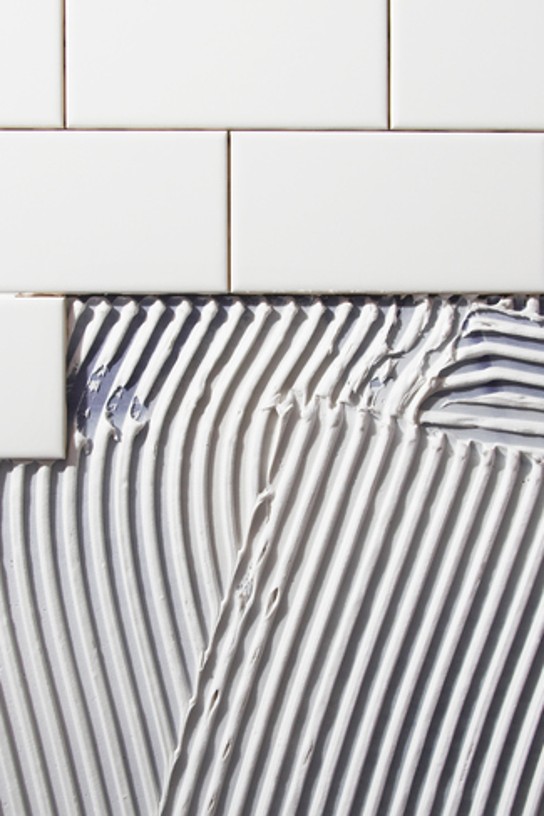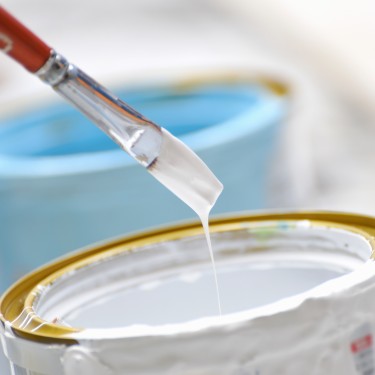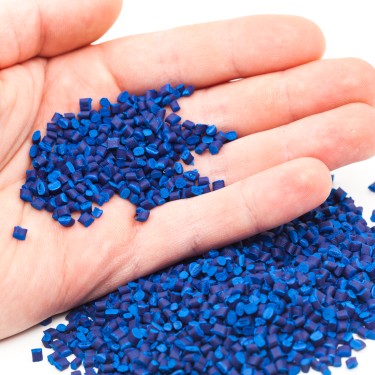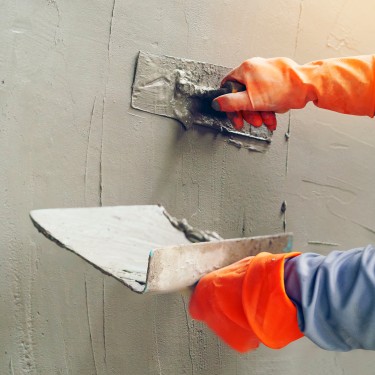Various types of adhesives
There are various types of adhesives, but they are not all adhesives are created equal. From Resins, to contact spray, we offer adhesives for a variety of uses.
- Resins - Polymers created synthetically. They can be thermosetting, where the remold is ready at hot temperatures, or thermostatic, where they cannot be remolded after completed curing process.
- Hot melt - Can be hardened or softened with cold or heat at any time. It offers quick bonding between materials and allows for error correction through changeability.
- Anaerobic Adhesive - This type of adhesive is often used for industrial applications. Theydon’t require oxygen or air to set and can form tight seals without light, oxygen or heat. Anaerobic adhesives can bond with ceramic, elastomers, paper, masonry, plastic, wood, glass, rubber and fabric.
- Contact Spray - Waterproof and transparent, contact spray allows the user to bond items permanently or temporarily. It works on uneven and porous surfaces, is flexible, doesn’t stain and is eco-friendly due to a lack of chlorinated ingredients.
- Acrylic - Some time is required for acrylic to set and dry, which uses a radical mechanism with two individual components that mix together for a bonding feature. Solvent and emulsion types exist, as well.
- Epoxy Adhesives - Widely used in several industries like automobile, aircraft and plywood manufacturing, epoxy adhesive cure fast and bond concrete surfaces.
- Pressure Adhesives - Pressure adhesives are popular, common and efficient. They require pressure to bond surfaces together.
- Conductive - Conductive adhesives are used in industries that need to avoid electrostatic discharges and unwanted radio/electromagnetic interference.
- Urethane Adhesives - Thermoplastic or Thermoset, urethane adhesives provide the highest performance and have the greatest versatility. Many types of urethane adhesives are conventional one-pack or two-pack systems, moisture-cure urethanes, urethane sealants, fire-stopping, and caulking.





